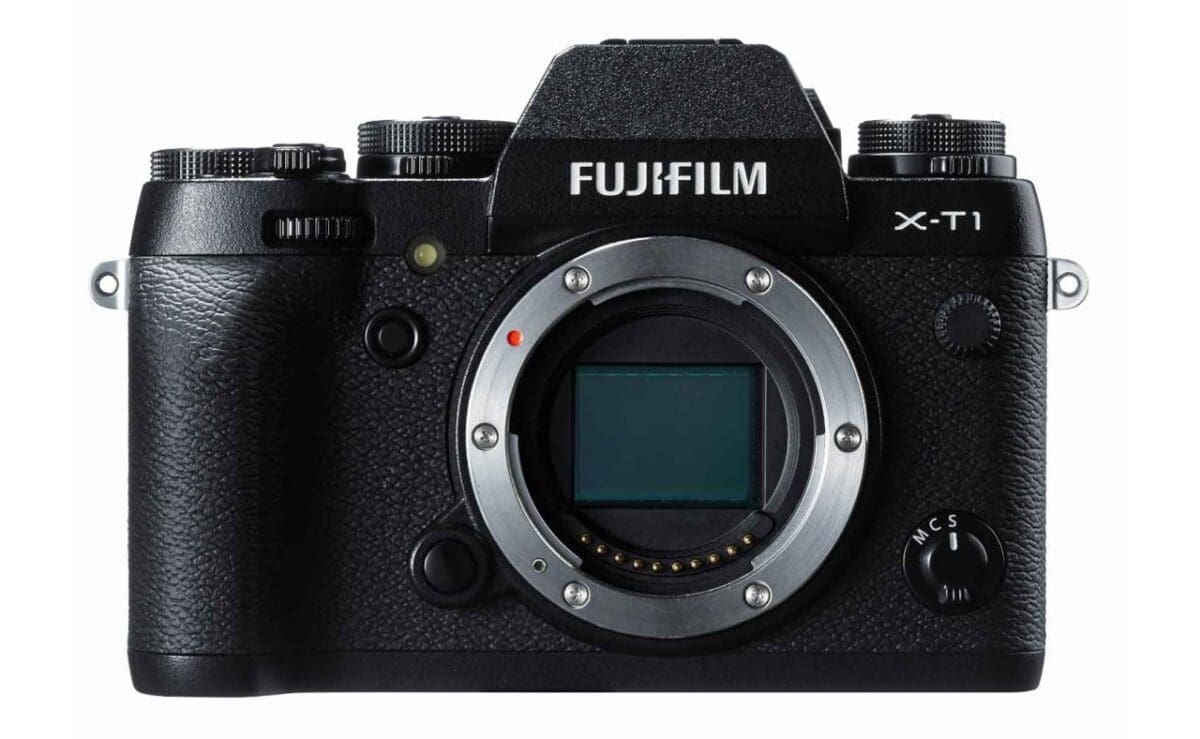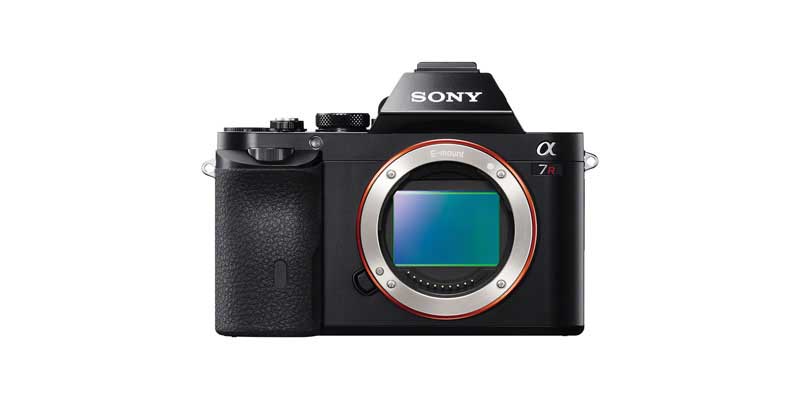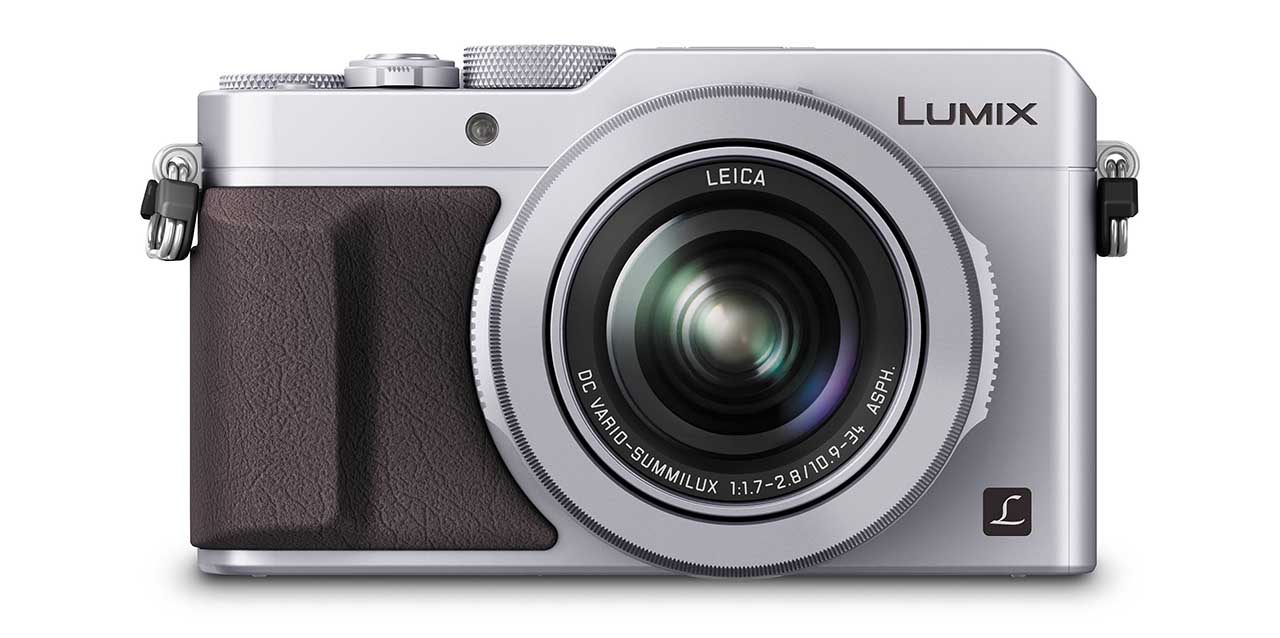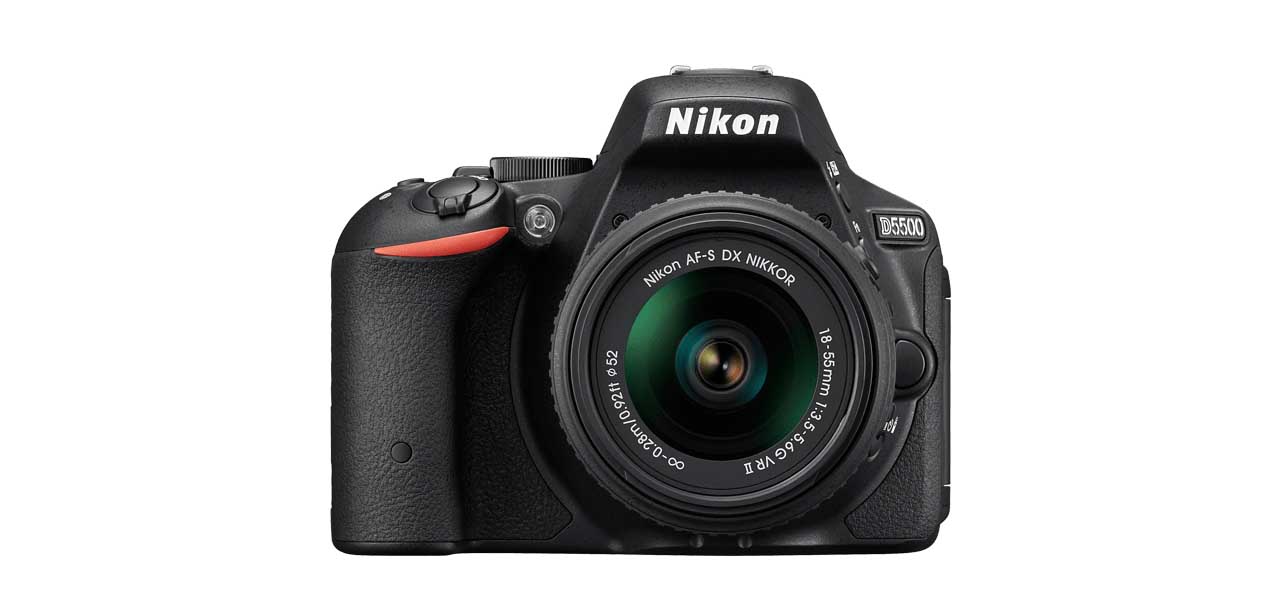For many of us photographers out there, we may admire the specification sheets of cameras like the Fuji GFX, Olympus OM-D E-M1 Mark II and Canon EOS-1DX Mark II, but the reality is their prices put them well beyond the reach of most enthusiast photographers.
But the other reality is that you don’t necessarily need these cameras to capture the type of images you can be proud of. These cameras, of course, offer a number of useful features for working professionals, but for enthusiast photographers there is an abundance of affordable alternatives that can produce superb images.
Former flagship models and slightly older cameras with specifications geared toward a particular genre of photography can often strike the perfect balance of technological power and falling within your budget.
In this camera buyer’s guide we’ve selected a handful of models that are particularly well-suited to six popular photographic subjects and won’t break your bank balance.

Portraits: Fuji X-T1
Fujifilm’s X-series of compact system cameras are very popular these days simply because the power behind them and the quality of images they produce is simply stunning. Last year we gave the Fuji X-T2 one of our highest scores of any camera in 2016. But it was its predecessor, the X-T1, that really helped turn around Fuji’s fortunes and establish it as a premium brand.
The X-T1 proved especially popular with wedding, lifestyle and portrait photographers because of its larger-than-average electronic viewfinder that displays the impact of any camera settings.
While most photographers from pro to enthusiast tend to shoot raw files, the X-T1 won plaudits for its ability to produce striking JPEG files with attractive mid-tone contrast. Fuji’s Film Simulation modes, such as its Classic Chrome option, have also proved very popular with portrait photographers of all levels.
As for lenses, the company’s Fujinon XF series is superb. In particular, the Fujinon XF56mm f/1.2 R and XF56mm f/1.2 R APD are favourites with portrait photographers because their unusually large apertures allow for plenty of control over depth field, allowing photographers to create pleasing bokeh.

Landscape: Sony A7R
Until the Canon EOS 5DS and 5DS R were announced, the Sony A7R (along with the Nikon D810) offered the highest resolution full-frame sensor on the market.
It’s since been usurped in Sony’s lineup by the 42.4-megapixel A7R II, but the A7R’s 36.4-megapixel Exmor sensor was no slouch and it can be found these days for as low as £1,000.
The A7R’s 36-megapixel sensor it to capture huge amounts of detail, especially at its lower sensitivity settings, which really important for landscape photographers.
What’s more, the Sony A7R is ideal for landscape photography over its rival DSLR cameras because of its considerably smaller size. Carrying it long distances isn’t going to break your back.
On the other hand, Nikon and Canon DSLRs are supported by a wider range of lenses. But Sony is expanding its lens range at a rapid pace.
Sport: Canon EOS 7D Mark II
A bigger sensor isn’t always best, and the EOS 7D Mark II is proof of that. Having an APS-C format sensor rather than a full-frame device can be an advantage when you’re shooting fast-moving action because you’re able to compose your subject tighter within the frame without having to spend lots of money on expensive long lenses or sacrifice image quality by cropping your images.
The Canon 7D Mark II – which is still current – boasts a wonderful 65-point AF system with the same EOS iTR AF and AI Servo AF III autofocus technologies that Canon included in its previous flagship EOS-1Dx and 5D Mark III models.
These allow you to tailor the way the camera will respond to changes in subject distance and speed.
What’s more, the central AF point is a dual-cross type at f/2.8 and it’s sensitive down to f/8. This can be a real benefit if you’re shooting with an extender and a telephoto lens.
What’s more, it also boasts Dual Digic 6 processing engines which helps the camera achieve a maximum continuous shooting rate of 10fps for 31 raw files or 1030 JPEGs when using a UDMA 7 CF card.
The EOS 7D Mark II also produces great images in low light, with a native ISO range from 100-16,000, which you can expand up to ISO 51,200.

Street: Panasonic LX100
This is the only compact camera on our list, but it really punches above its weight and is perfect for street photography.
When shooting candids of people on the street you want a camera that is discreet, intuitive to use and requires no fuss to get the images you want. The Panasonic LX100 delivers on all these fronts.
Let’s talk about its image quality. It’s much smaller than your average DSLR, yet the Panasonic LX100 boasts a relatively large (Four Thirds type) sensor, allowing you to shoot with confidence in low light.
And though it has a fixed lens, it offers an effective focal length of 24-75mm with a very bright maximum aperture range of f/1.7-2.8.
At these apertures can get shutter speeds fast enough to enable you to shoot hand-held in low light, not to mention get creative with depth of field.
The LX100’s AF system is fast and accurate, as well. But what really endeared this camera to photographers like me are its traditional controls. That blend of convenience in size with the creative power of a shutter speed dial, aperture ring and exposure compensation dial make this a really versatile camera for any street photographer.
Music: Canon 5D Mark III
Photographing music concerts usually calls for a camera with a sensitive autofocus system that can lock on to subjects in very low light and respond quickly to their movements.
What’s more, this camera also needs to offer a wide sensitivity range and control noise well. It’s a tall order!
And while it may be one of the pricier cameras on this list, the truth is the Canon 5D Mark III fits the bill superbly. If you shoot music, it meets all your requirements.
When paired with a good lens the 5D Mark III can focus on subjects in the dimmest of light and keep noise at bay even when shooting at the camera’s highest ISO settings.
And because it was replaced last year by the EOS 5D Mark IV, it’s come down in price considerably. A quick search turns up second-hand options for less than £1,500.

Macro: Nikon D5500
You’re might be thinking… the D5500, isn’t that pretty far down the budget end? And wasn’t it just replaced by the Nikon D5600?
The D5500 gets our recommendation here for a number of reasons. For a start, we found its 24-megapixel image sensor capable of capturing an impressive amount of detail for a camera in its class.
But equally important to macro photographers is that the D5500 offers a vari-angle screen which is incredibly useful when shooting subjects at awkward angles.
Live view mode is often a good choice when shooting macro subjects because it enables you to magnify the most important area of the scene and make sure that it is absolutely sharp, and the D5500’s vari-angle screen makes this easy.
And as far as price tags are concerned, you can pick up a D5500 for just over £400 these days.





